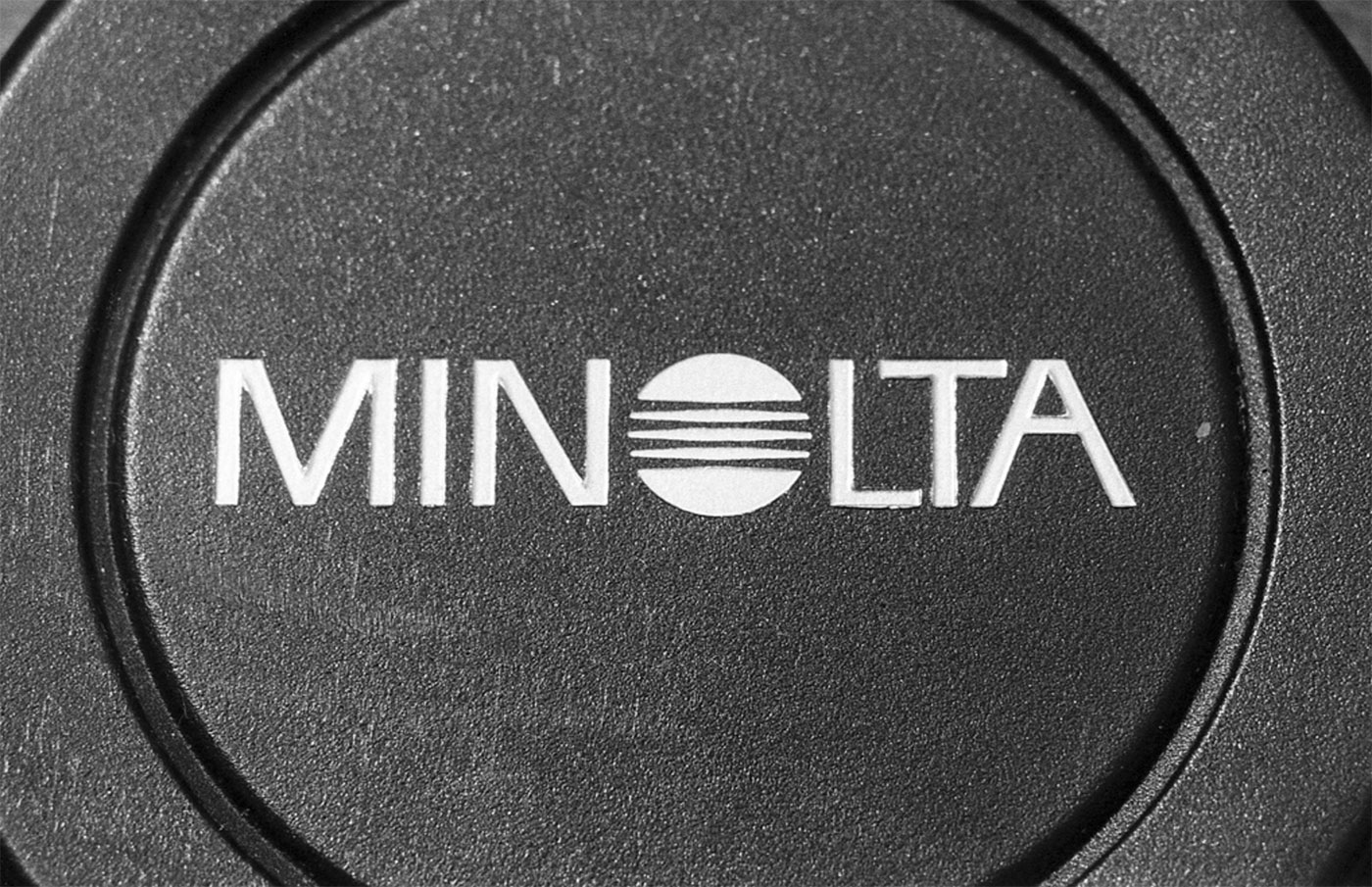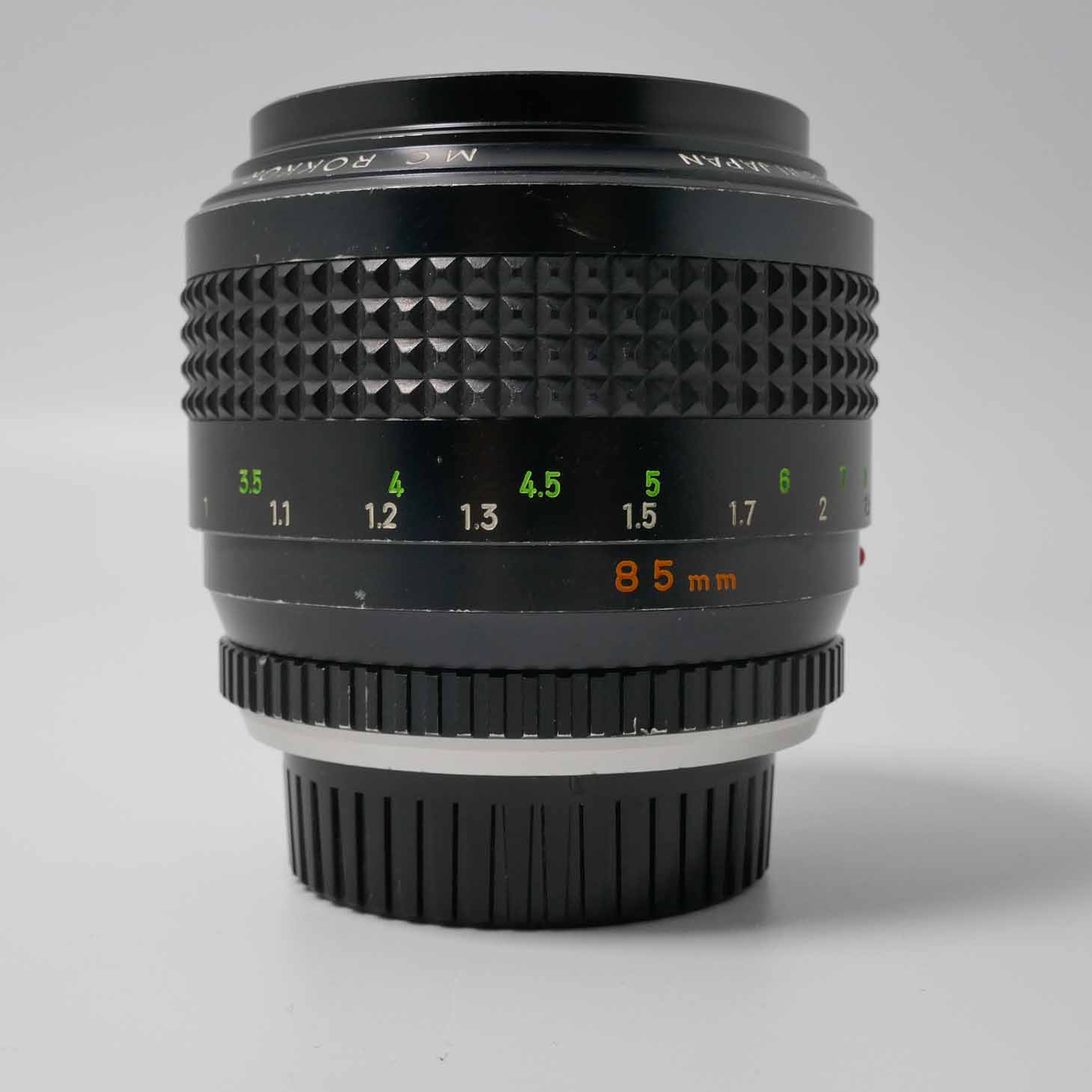
In Finland, things can go from zero to one hundred like this at the flip of a switch. After a long Finnish winter, people were excited to get out.Īlong with the people, the plants and animals had gotten the warm weather memo and were out in force. It was the end of May when I tested the Dynax 9, and people had begun to flock to outdoor spaces to enjoy the sun. One complaint about SLRs of this era is focus hunting, but the Dynax confidently whirs into focus normally, on the first try.

The autofocus is lightyears faster than my 7000i, and very confident. The plastics are lower quality, the viewfinder is smaller, and the entire package feels inferior. This feeling only continued when I put film in and used the camera. I had owned and used a Maxxum 7000i with no issues for a long time before I used the Dynax 9, but it’s a toy by comparison. You could say that the dominance of Sony mirrorless was built on the back of this camera.Įven compared to other Dynax cameras, the 9 is in a class of its own. The Sony connection makes sense, since Sony bought Minolta in 2006. The dynax is more like a combination of Fuji’s physical dials and Sony’s button layout. It doesn’t feel like a company’s last, desperate attempt to remain relevant to professionals in 1998. The Minolta Dynax 9 could easily be a brand new camera. It has a built-in flash with 4-zone metering pairing with Minolta’s flashes of the era. It has flash sync at 1/300th, built-in double exposures, and a dust/moisture resistant body. It also incorporates a 14-segment honeycomb metering pattern that all but ensures correct exposure in any situation. The standouts include a to-this-day unbeaten maximum shutter speed of 1/12,000th of a second, tangible dials for most functions, and continuous shooting of 5.5 frames per second. Like its ’90s and ’00s SLR comrades, the Dynax comes with an incredibly long feature list.
#Minolta camera history professional
The Dynax is a truly professional camera, made to the highest standards. The body has no play to it, doesn’t bend or make noises when stressed like other plasticky cameras. That doesn’t mean they didn’t hit that home run, though.įrom the moment I picked up the Dynax 9, I was convinced that I have never felt a more sturdy SLR in my life. Unfortunately, as we know now, Minolta didn’t do enough to stick around.

Despite Minolta pioneering practical AF SLRs, they had lost that edge and needed a home run to have any chance.
#Minolta camera history pro
Minolta’s other pro AF offerings, the 9000 and 9xi, failed entirely to capture the market. The camera reviewed incredibly well, but never achieved the success of cameras like the Nikon F5 or Canon EOS-1 because Canon and Nikon did a better job of catering to professionals from the beginning. The Dynax 9 (known in Japan as the a9 and in North America as the Maxxum 9) was Minolta’s final attempt to capture the pro market after their Maxxum/Dynax/Alpha line sputtered a bit in the 1990s. I see a pile of gold photos waiting to happen, and on top of this pile I see the Minolta Dynax 9. I see James’ iconic article on dorky AF SLRs about why we should all love them. I see the best deals in film photography today.

They have ironed out the kinks of older cameras. I see their incredibly long feature lists, I see their low weight, I see the consistency of the shots from their modern lenses. I wanted to take good photos despite my gear, to have people say “You took this with that?” It feels a little childish now, but that’s how I felt when I was 19 years old.īut now, I look at plasticky 1990s and 2000s SLRs and I see potential. The challenge of figuring things out and the journey of overcoming a camera to make good photos was enticing to me. I wanted something different, something quirky, and honestly, I wanted something difficult. They were too similar to the Canon Rebel T3i that my sister used or the chunky DSLRs I saw around everyone’s necks. When I first started in photography, I wanted nothing to do with plasticky SLRs.


 0 kommentar(er)
0 kommentar(er)
